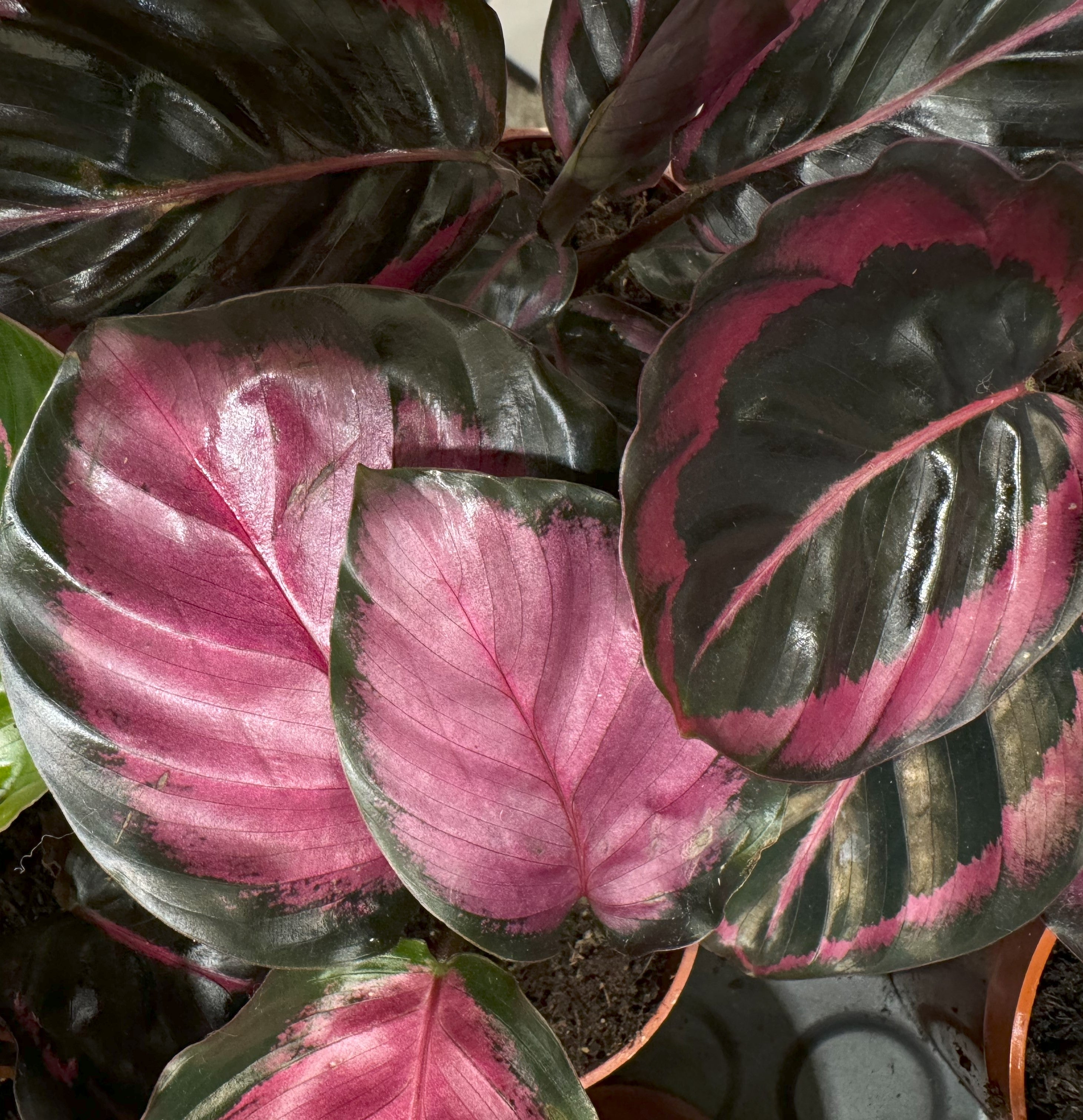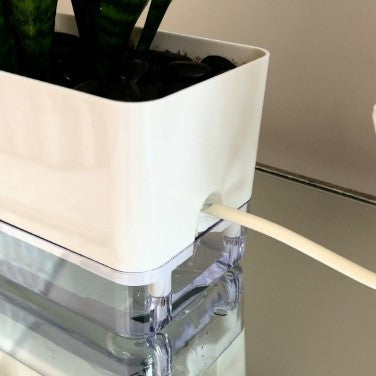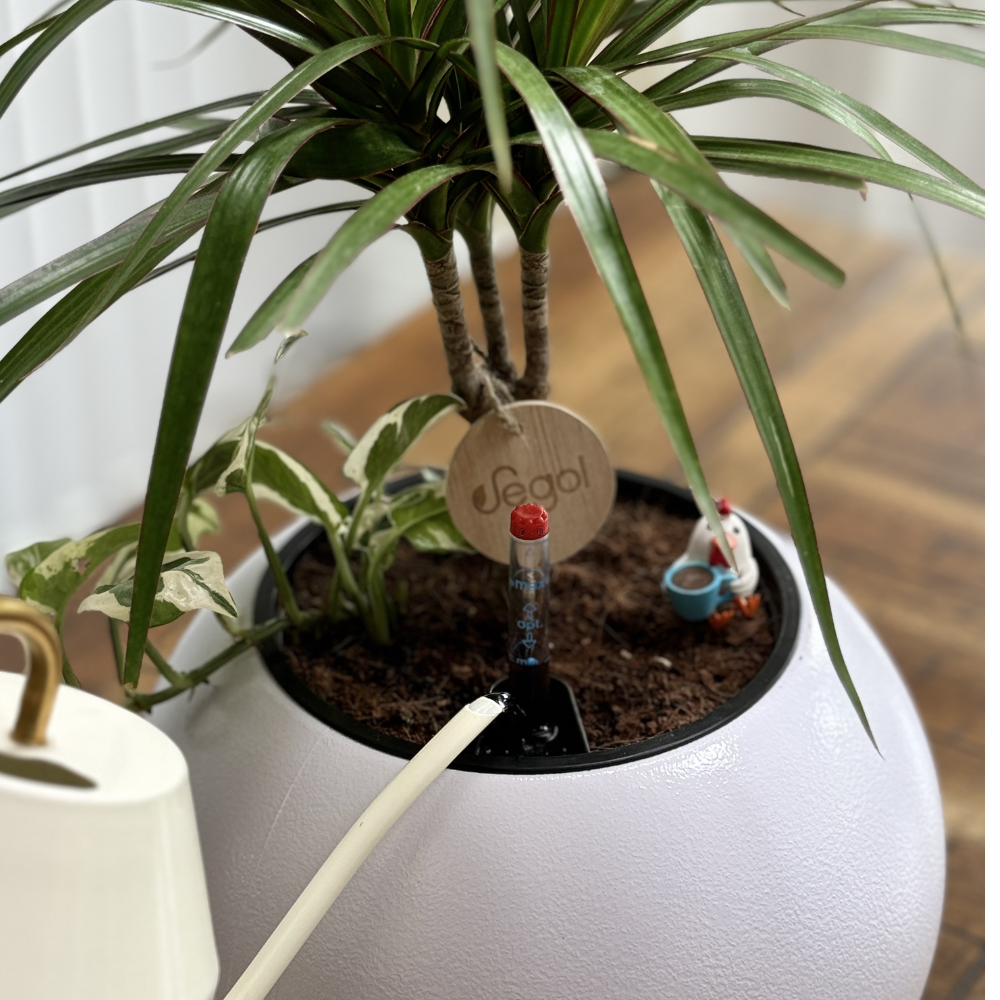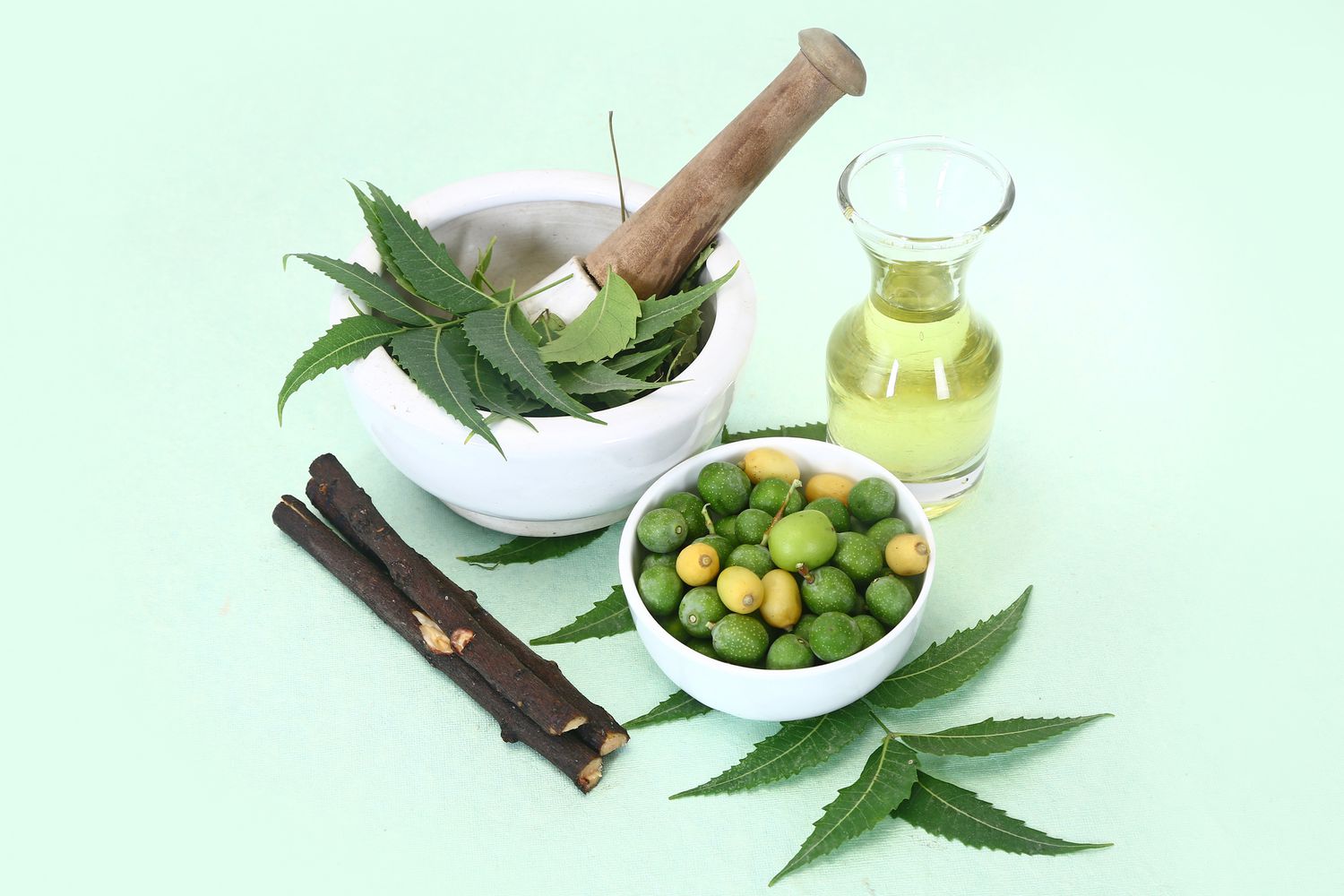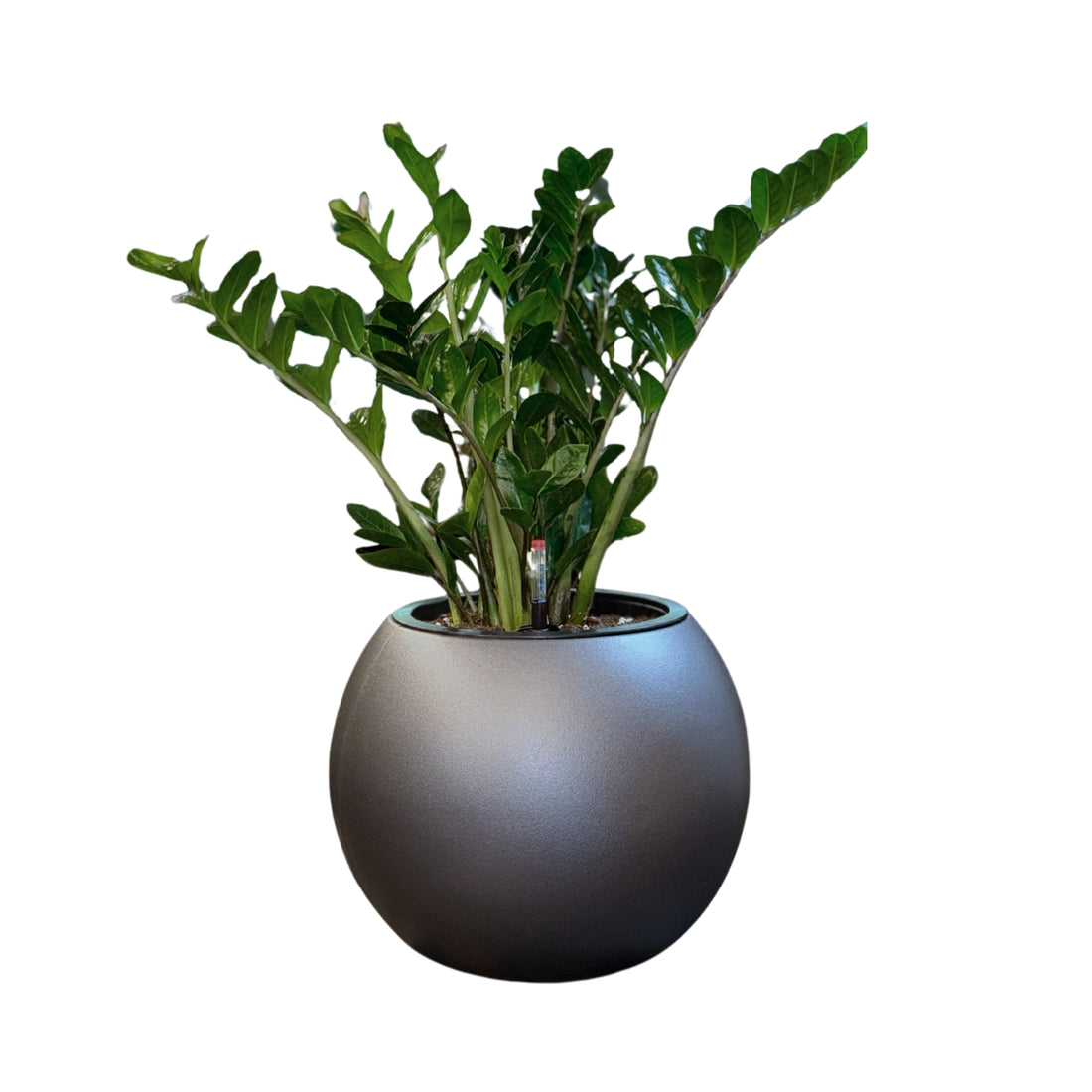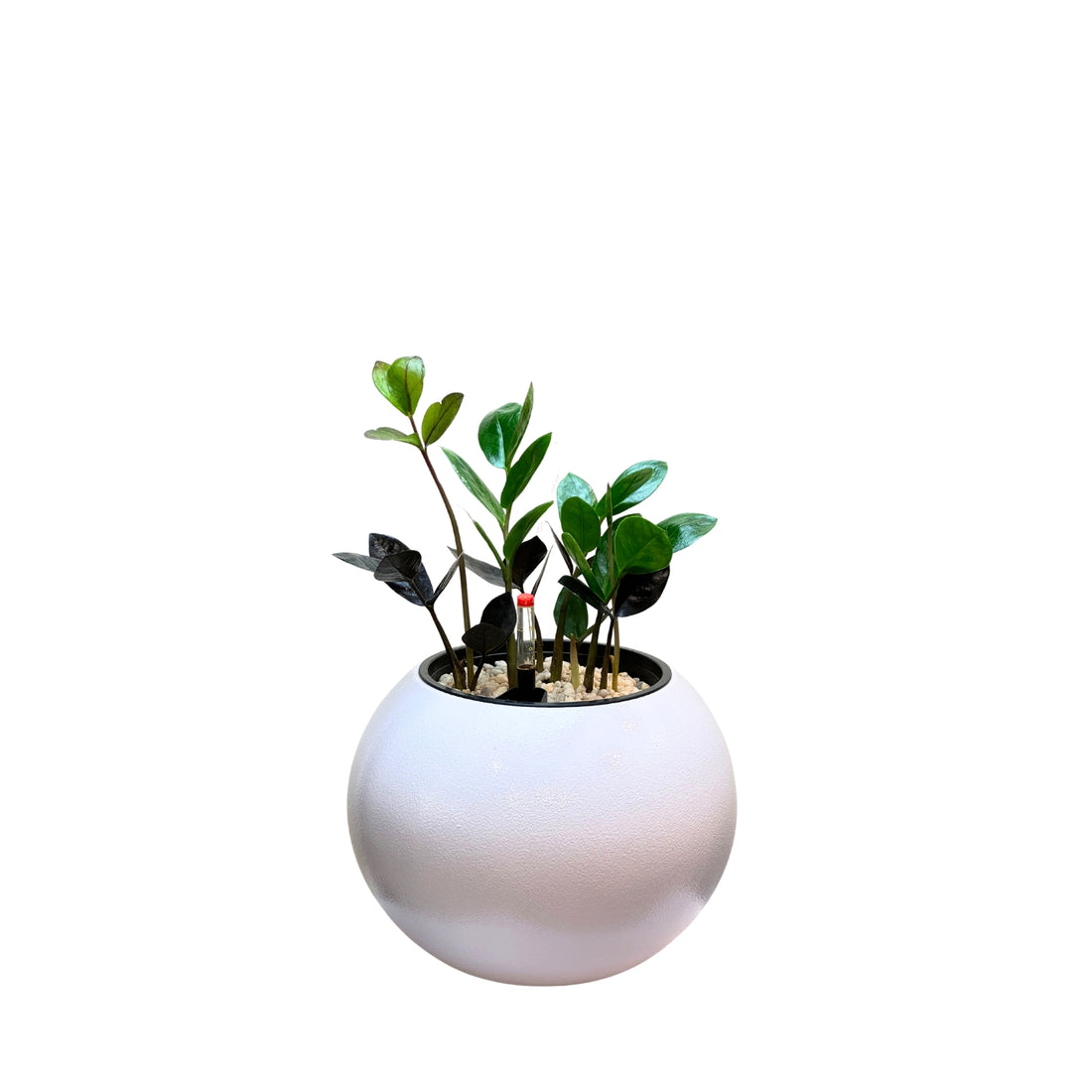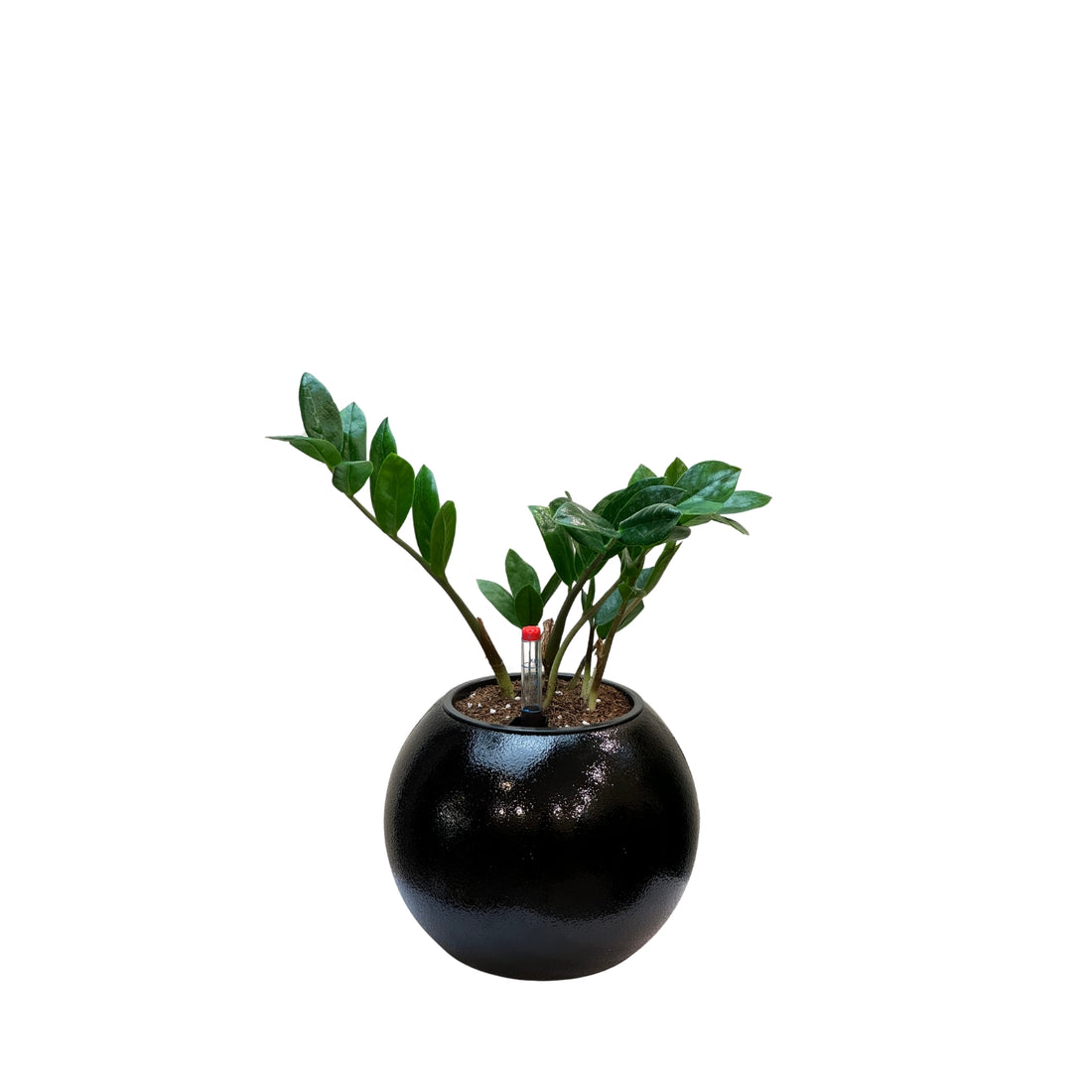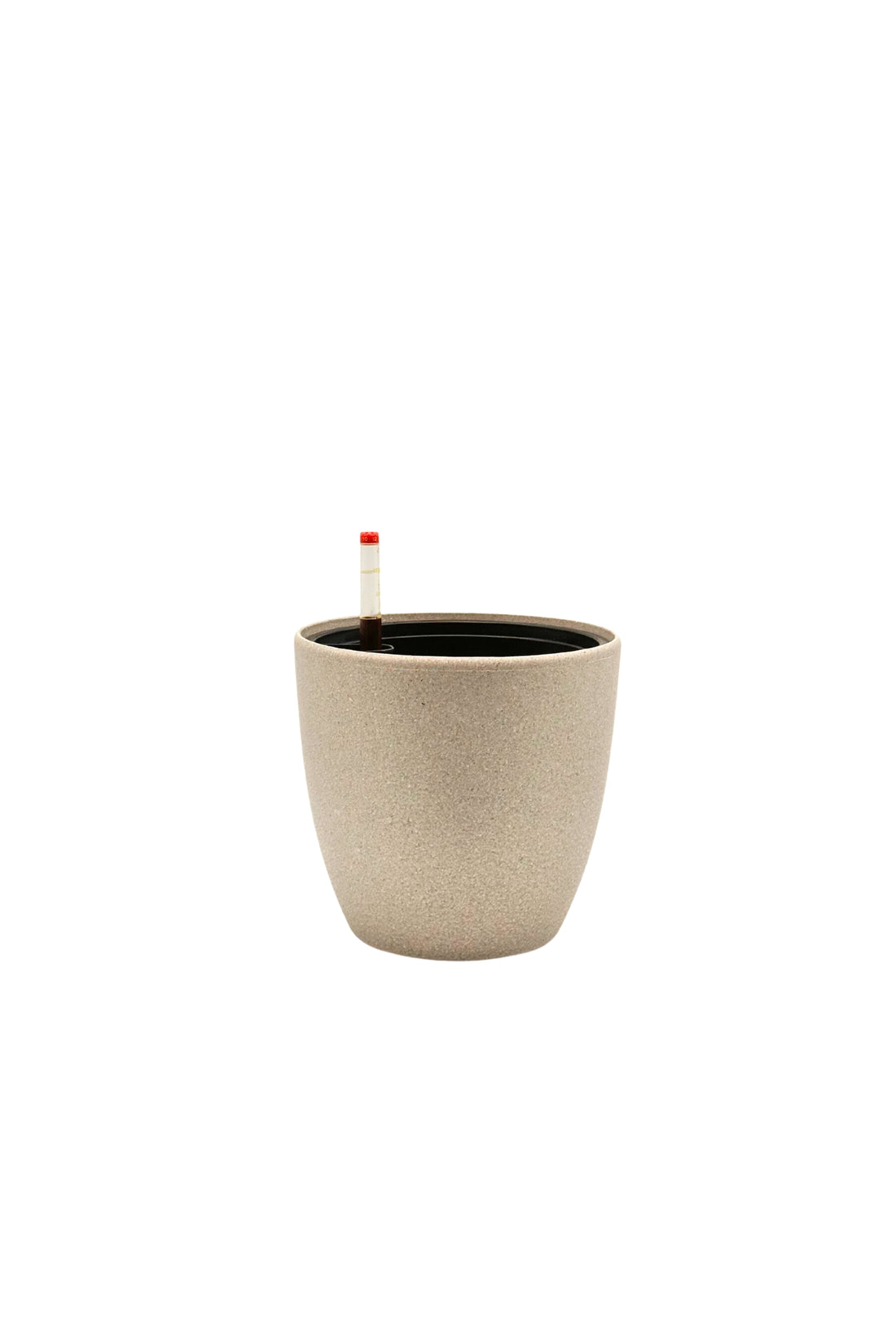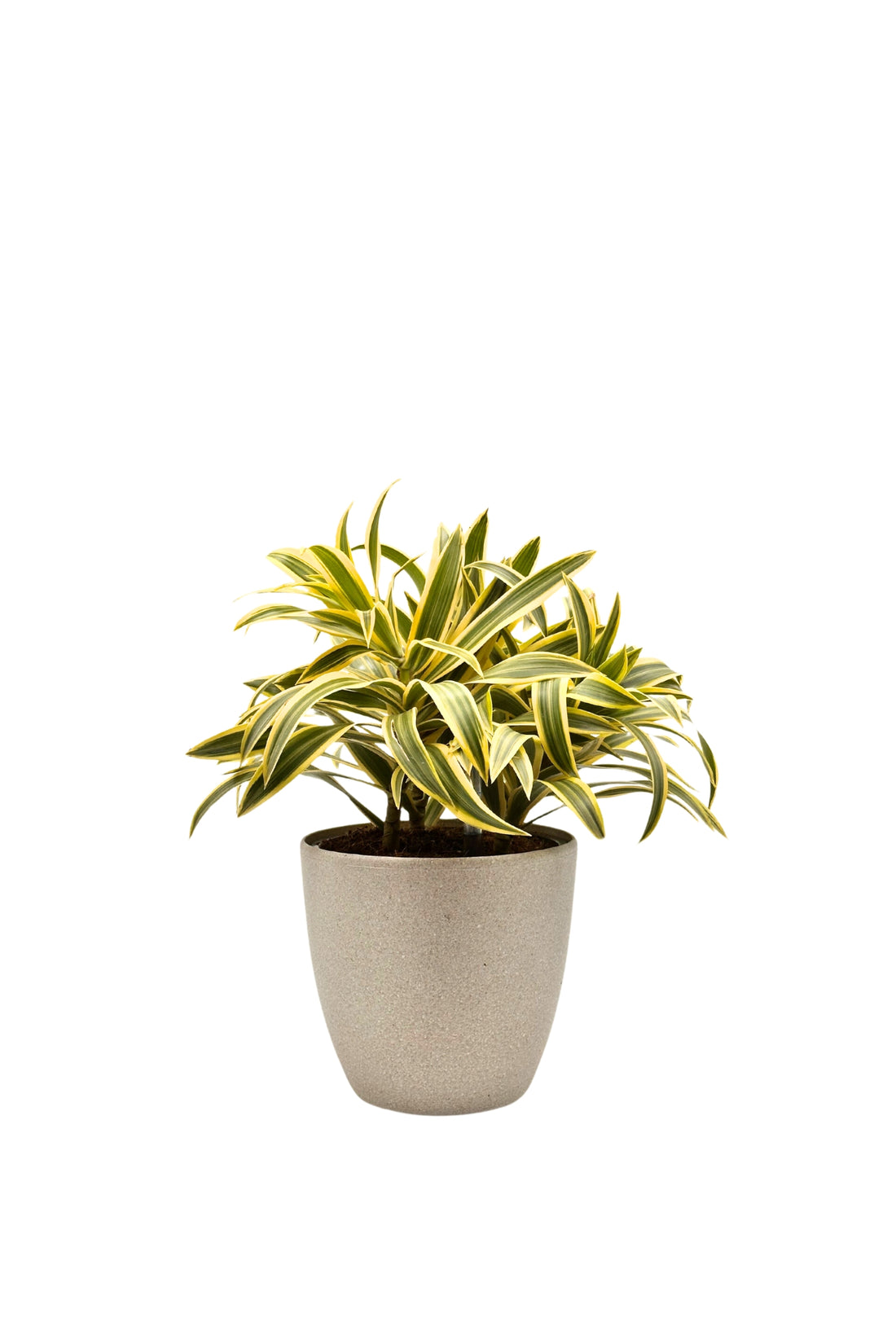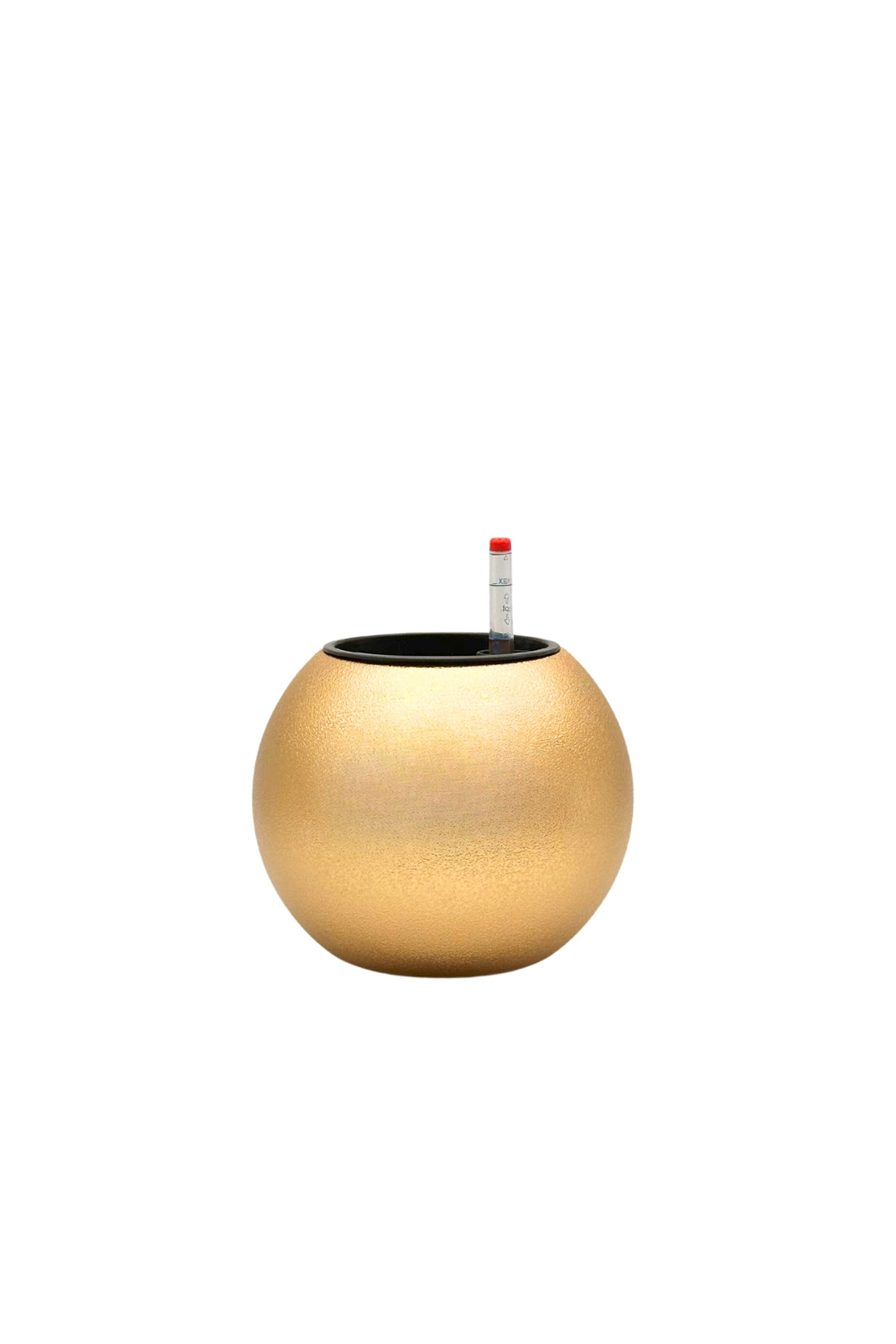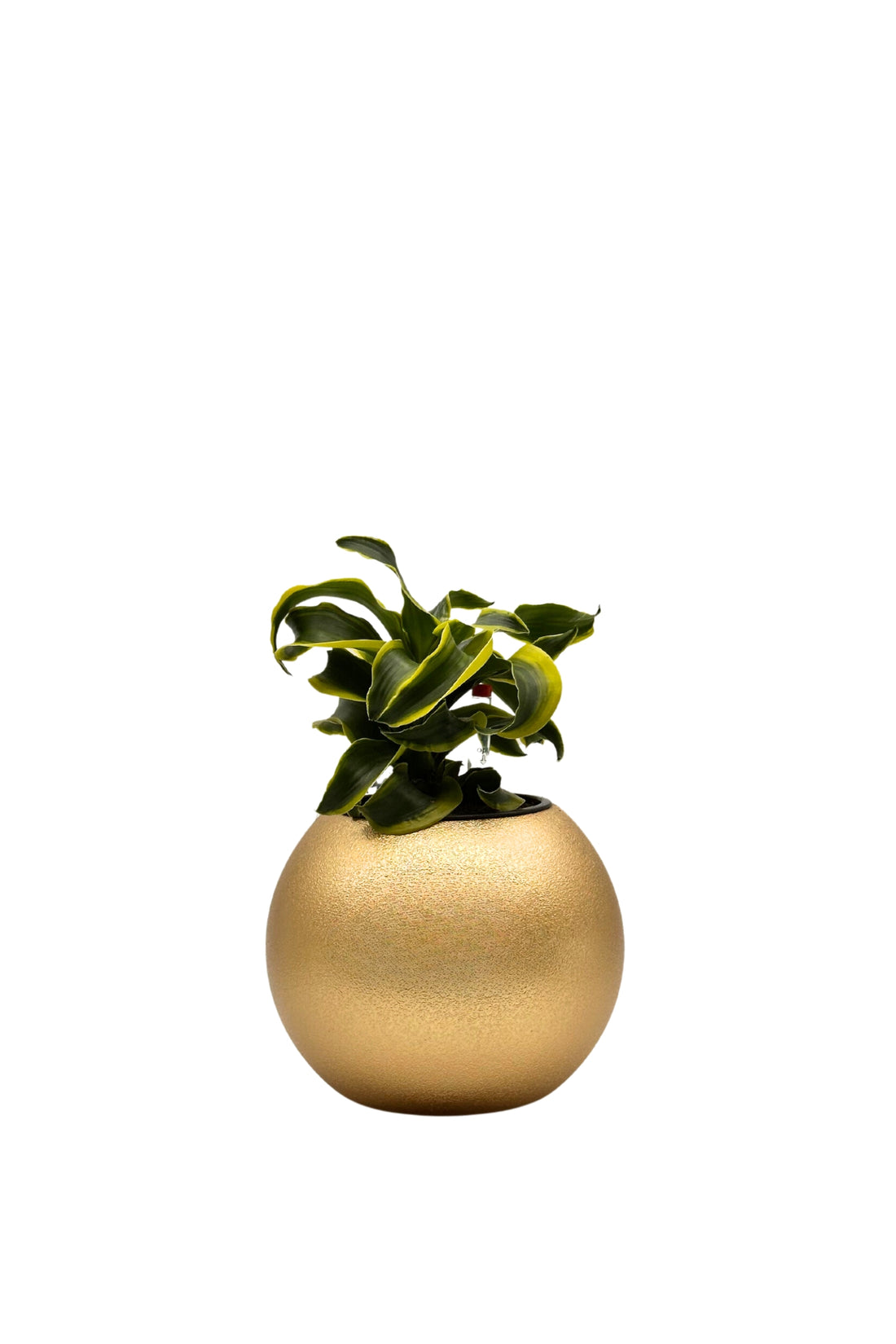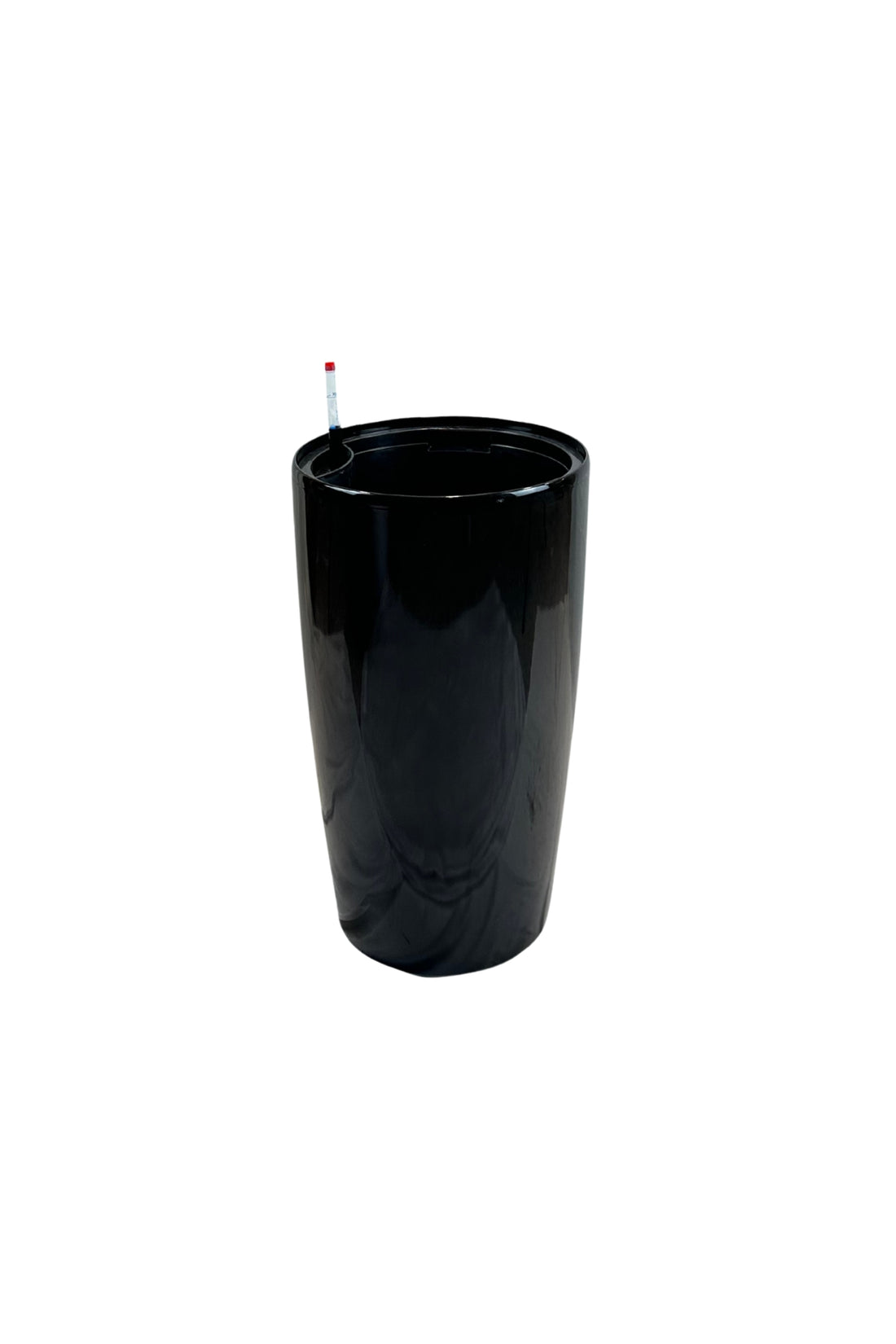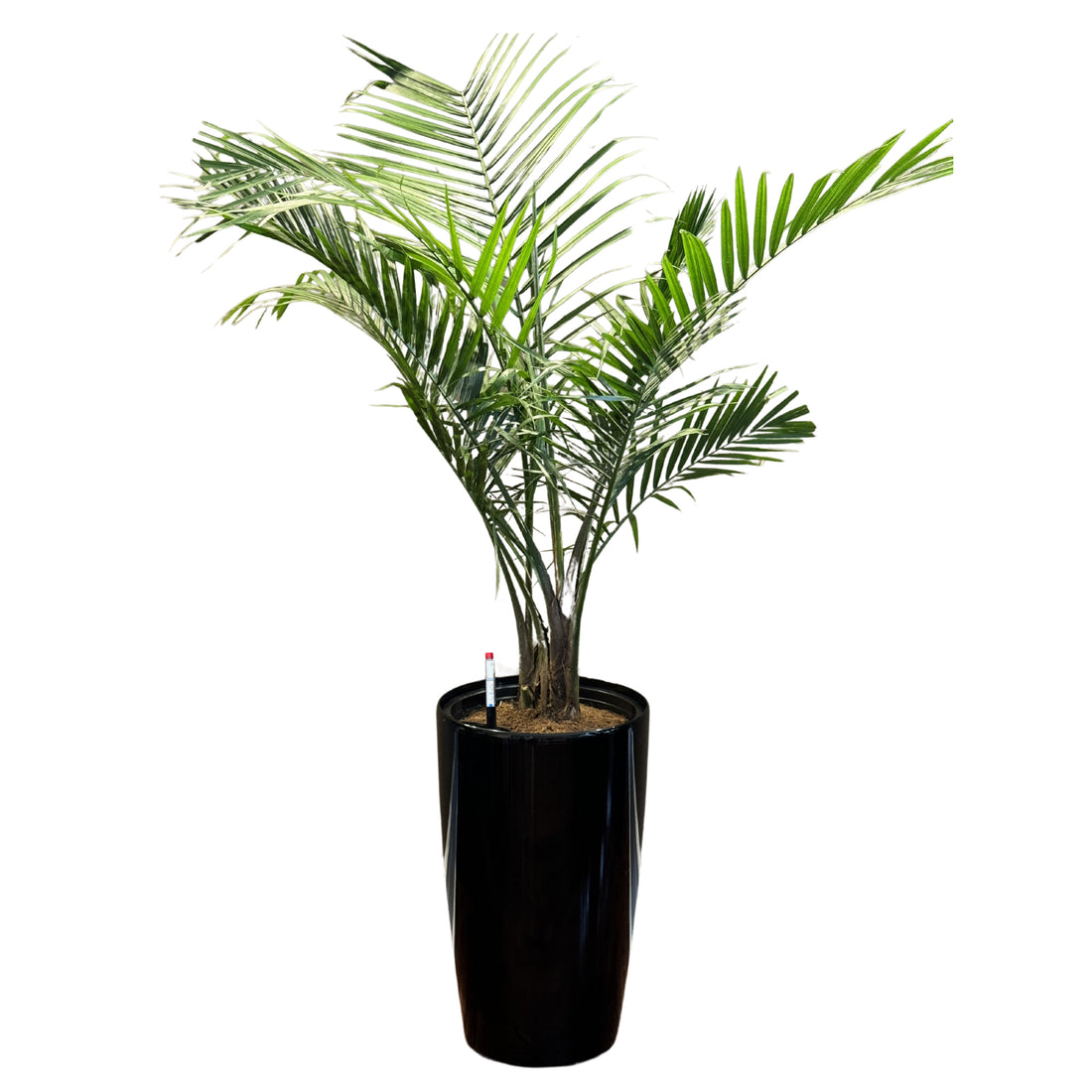Calathea plants, known for their striking leaf patterns and movements, are a bit more demanding in terms of care but well worth the effort. Here's how to maintain them:
Light: Calatheas prefer medium to low indirect light. Direct sunlight can fade their vibrant colors and damage the leaves. A spot near a north-facing window or away from the direct sun in a brighter room is ideal.
Water: These plants like consistently moist soil but not soggy. A self-watering pot can help maintain the right moisture level, but it's important to check that the top inch of soil dries out slightly before the next watering. Using distilled or rainwater can prevent leaf tip browning, which is common with tap water due to fluoride and other chemicals.
Soil: A well-draining, peat-based potting mix is best for Calatheas. The soil should retain moisture but also allow excess water to drain to prevent root rot.
Humidity: Calatheas thrive in high humidity environments, mimicking their native tropical habitat. In drier climates or during winter, using a humidifier or placing the pot on a pebble tray with water can help increase the surrounding humidity.
Temperature: Keep your Calathea in a warm environment, ideally between 65-85°F. Avoid sudden temperature changes and drafts, which can stress the plant.
Feeding: Feed your Calathea with a diluted, balanced fertilizer every 4-6 weeks during the growing season (spring and summer). Avoid fertilizing in the fall and winter when growth naturally slows.
Pruning and Cleaning: Remove yellow or brown leaves to keep your plant looking its best and encourage new growth. Wipe the leaves occasionally with a damp cloth to remove dust and help the plant breathe.
With attentive care, especially in terms of water and humidity, Calatheas can be a stunning addition to your indoor garden, bringing a touch of the tropics and a dynamic visual element with their ever-changing leaves.
